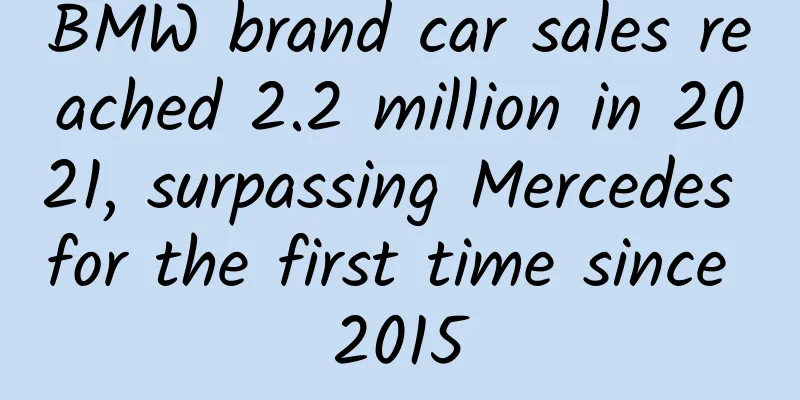The first batch of “three-parent babies” were born in the UK. How can one baby have two “biological mothers”?
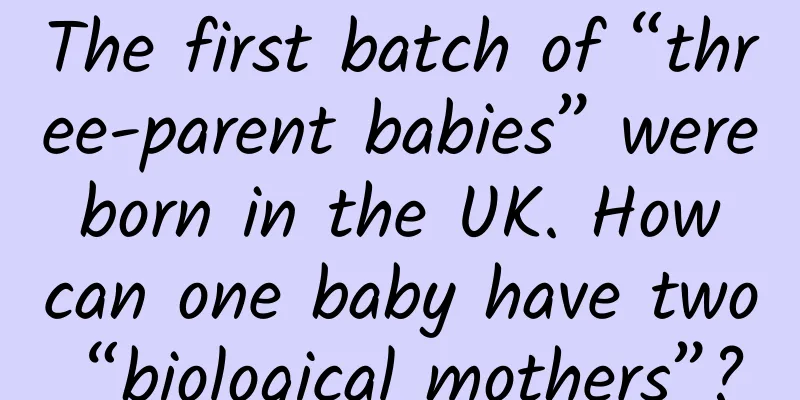
|
Written by reporter Ding Lin New Media Editor/Wang Shan The Human Fertilisation and Embryology Authority (HFEA) has confirmed that the first three-parent babies in the UK have been born with DNA information from three people. This is the first three-parent baby born in the UK in a regulated environment and in the context of mitochondrial donation therapy (MDT), with fewer than five babies. The HFEA did not provide more specific information about the technology or the babies. (Image source: New Scientist) How are three-parent babies born? How are they different from ordinary babies? How has mitochondrial donation therapy technology developed in the past? Mitochondria are the "source of life" of cells Genetically, three-parent babies have one father and two mothers, but one of the "mothers" has fewer genetic links to the child. The vast majority of the DNA in these children (more than 99.8%) comes from their parents, but about 0.1% of the genetic material comes from the mitochondrial donor woman. In 2015, the UK became the first country to pass legislation approving mitochondrial donation therapy. Subsequently, the Newcastle Fertility Center in the UK obtained the first controversial treatment license in 2017 and pioneered related research on MDT. ▲The UK is not the country that gave birth to the first three-parent baby with the help of MDT. In 2016, Chinese American doctor Zhang Jin performed relevant treatment on a Jordanian woman with mitochondrial mutations, and the world's first three-parent baby was born in Mexico (Photo source: Nature) Mitochondria are called the "life source" of cells and are also a sign of egg quality. Abnormal mitochondrial function can affect the normal function of the entire cell, leading to pathological changes. Many studies have shown that Parkinson's disease, Alzheimer's disease, diabetes, tumors and other diseases and aging are all related to abnormal mitochondrial function. Due to the multifunctionality of mitochondria, understanding the mechanism by which mitochondrial dysfunction leads to specific pathological changes still faces great challenges. ▲Mitochondrial structure and its distribution in cells Unlike other organelles, mitochondria contain their own genetic information - they are the only organelles in human cells that contain DNA besides the nucleus, and mitochondrial diseases are often caused by mutations in mitochondrial DNA (mtDNA), which affect the function of mitochondria. In addition, mitochondrial DNA is "maternally inherited" - whether you are a man or a woman, all the mitochondrial DNA in your cells comes from your mother. This is because the mitochondria in human fertilized eggs all come from egg cells. When the sperm and egg combine, the mitochondrial DNA of the sperm will be degraded. Therefore, if the mother's mitochondria are defective, 100% of them will be inherited by the child. If this genetic defect is very serious, the problem can only be solved through the "three-parent baby" technology. ▲Even healthy mothers can produce a large number of eggs with mitochondrial defects Bao Shilai, a researcher at the Institute of Genetics and Developmental Biology of the Chinese Academy of Sciences, said that the genetic material of the egg cell mainly exists in the cell nucleus. The cell nucleus is the place where genetic material is stored, replicated and transcribed, and is the control center of the cell's genetic and metabolic activities. Only a small amount of genetic information exists in the mitochondria, so leaving the mother's cell nucleus and using the follicular plasma part containing the donor's healthy mitochondria is to obtain a small amount of the donor's healthy genes without changing the main genetic material. At the same time, because the genes carried in the mitochondria are very few, "mitochondrial donation" will not affect many important characteristics of the child, such as hair color, height and appearance. ▲Although mitochondria carry only 37 genes, a large number of nuclear genes are also involved in maintaining the normal functioning of mitochondria (Source: Nature) Two ways of “mitochondrial donation” Currently, there are two ways to implement "mitochondrial donation": one is the spindle nuclear transplantation technology; the other is the "prokaryotic transplantation" technology approved in the UK in 2015. ▲In simple terms, "pronucleus" and "spindle" represent specific periods before and after egg cell fertilization (Source: Nature Reviews) The "spindle nuclear transfer" technology is to transplant the nucleus of the unhealthy mother's egg cell into the donor's enucleated egg cell to utilize the healthy mitochondria in the donor's egg cell. Does this sound a bit like gene editing technology? You are wrong. Gene editing technology cannot be applied clinically at present, so reproductive medicine scientists have found a "spindle nuclear transfer technology" as an "exchange" method to solve the problem of human genetic defects and achieve the purpose of exchanging healthy mitochondria from the donor to overcome mitochondrial diseases. It can be generally understood as "old wine in a new bottle." "Replacing mitochondria" does not mean taking out the donor's mitochondria and putting them into the recipient's body. Li Yao, a professor at the Institute of Genetics, School of Life Sciences, Fudan University, said that in the process of oocyte division into egg cells, more and more cells will surge to prepare for the fertilization of the egg cell, so it is impossible for the mitochondria in the mother to be completely replaced by the new mitochondria. Dr. Zeng Qiao, associate researcher at the Reproductive Center of Jiangsu Provincial People's Hospital, explained the process of this "replacement" in detail: a healthy woman donates a healthy egg, and the egg nucleus is separated from the follicular plasma and the egg nucleus is discarded; then the patient's egg nucleus is separated from the follicular plasma, and the follicular plasma (which contains abnormal mitochondria) is discarded; then, the female patient's egg nucleus and the healthy donor's follicular plasma (containing healthy mitochondria) are combined into a healthy egg, which is fertilized with the patient's husband's sperm; the healthy embryo is conceived and transplanted into the patient's body, thus completing an exchange of healthy mitochondria. ▲ Schematic diagram of the process of "spindle nuclear transplantation" (Source: Cell Press) From the perspective of genetic technology, this child has genes from one father and two mothers: the father provides half of the nuclear DNA, the mother provides the other half of the nuclear DNA, and the other mother provides mitochondrial DNA. The difference between the spindle nuclear transfer technology and the pronuclear transfer technology is that the spindle nuclear transfer operation "exchanges" the egg nucleus before the egg is fertilized, and then the recipient mother's egg is combined with the father's sperm. Pronuclear transfer is to let the father's sperm combine with the two egg cells of the recipient and the donor at the same time, and then "exchange" the egg nucleus. Because the pronuclear transfer "three-parent" technology is to fertilize the egg first and then perform the nuclear transplant, it faces ethical controversy in many countries or regions that believe that the fertilized egg is alive. ▲ Schematic diagram of the "pronuclear transplantation" technology process (Source: Cell Press) Li Yao said that the oocyte needs to undergo two meiotic divisions to "become" an egg cell. During this division, the genetic material in the cell nucleus will exist in the form of a spindle, allowing the genetic material to be divided into two. Technically speaking, the "three parents" can indeed help patients solve the problem of mitochondrial defects, which is equivalent to a cell grafting and fusion technology. The “three-parent baby” technology has developed in twists and turns amid ethical controversy According to data released by the British Broadcasting Corporation (BBC), one in every 6,500 children in the UK is born with mitochondrial genetic disease, with symptoms such as muscle atrophy, heart disease, and ataxia; and one in every 200 children in the UK suffers from some form of mitochondrial disease, but because the symptoms are not obvious, they are not recorded. Some babies will die early due to mitochondrial genetic disease. Huang Taosheng, director of the Mitochondrial Disease Center at Cincinnati Children's Hospital in the United States, pointed out in an interview with the media that mitochondrial diseases are usually very serious diseases, but so far the treatment methods for mitochondrial diseases are very limited, and cell nuclear transplantation technology has brought a ray of hope to solve this problem. ▲However, for sick children who have already been born, the "mitochondrial donation" technology can't help (Source: STAT news) "Mitochondrial donation" is an emerging technology. In 2005, the UK approved Newcastle University to conduct a "two mothers" human embryo experiment for the study of mitochondrial diseases. But the voice of controversy has been getting louder and louder since then. As early as the 1990s, Danish embryologist Jacques Cohen tried many ways to cure infertile patients, but none of them succeeded. She suspected that the reason why the patients could not get pregnant was that there was something wrong with the patients' cytoplasm, which led to unsuccessful fertilization. Even if it was successful, it might not develop into a healthy embryo. So Cohen decided to try the "cytoplasm transplantation" method - injecting a small amount of cytoplasm from a healthy donor into the patient's reproductive cells, and used this method to treat 30 infertile women, 17 of whom were still infertile, 1 had a miscarriage, and the remaining 12 women successfully gave birth to 15 healthy children in total. In 2001, Cohen published a paper saying that 2 of the 15 children had mixed mitochondrial DNA. This discovery immediately caused an uproar, and it shook the academic community and also caused "public outrage". In the end, the US House of Representatives stipulated that all somatic cell nuclear transplantation experiments must be banned. In March 2013, the Human Reproduction and Embryology Authority (HFEA) of the United Kingdom submitted a "public consultation report on whether to allow 'three-parent babies'" to the authorities as one of the bases for relevant decision-making and legislation. Although some people still have concerns about this technology, most people support it and hope that this technology can help families with genetic defects successfully give birth to healthy next generations. On February 3, 2015, the House of Commons of the British Parliament voted to pass a historic bill, agreeing to use medical methods to create babies carrying three people's DNA. In the vote, 382 MPs voted in favor and 128 voted against. This seems to be a good result, but there are still constant criticisms. Even if the wind of public opinion shows signs of easing, some scientists will not publicly implement the "three-parent baby" technology. After all, it does take a lot of courage for scientists to make their own application of this technology public. The UK is not the first country to give birth to a three-parent baby with the help of MDT. In 2016, Chinese medical doctor Zhang Jin from New Hope Fertility Center in New York and his team carried out relevant treatment on a woman with mitochondrial mutation in Mexico, and the world's first three-parent baby based on nuclear transplantation was born. "In another 10 to 20 years, everyone will get used to 'three-parent' babies," Zhang Jin said in an interview with the media. |
<<: National Vascular Health Day丨Protect your blood vessels, don’t add to the blockage!
>>: Can a song "hypnotize mosquitoes"? Is it really that magical? Click here to try it out!
Recommend
Check the investment price of Zibo Men's Wear Mini Program. How much is the investment price of Zibo Men's Wear Mini Program?
How much does it cost to attract investment in th...
Birthday wishes in Africa, how much does it cost for African children to shout birthday wishes?
African birthday greeting slogans Let your blessi...
up to date! Data rankings of 60 information flow advertising platforms!
Today I bring you the latest traffic rankings of ...
China Academy of Information and Communications Technology: 2015 Internet of Things White Paper
The China Academy of Information and Communicatio...
Programming classes in prison: He became a programmer after he was released
[[131750]] Kenyatta Leal has a skill that million...
Science Museum丨How many alarm clocks are best for waking up?
The holidays are over and summer is quietly appro...
Are electric toothbrushes a waste of money?
Recently, I saw a netizen saying that he has to h...
Hybrid APPS Why I am optimistic about you - a tribute to front-end engineers
[[143937]] At the very beginning, the Web used th...
Big Dog is here "Small Game Promotion Practical Course" takes you to build a game promotion and monetization account
No. 1 on the Talent List, single video revenue of...
You may have seen these 13 big birds, but you may not know them丨International Bird Day
"A few early orioles compete for warm trees,...
User operation: How to balance the effect and cost of customer acquisition and retention?
An old reader asked this question: Can we talk ab...
2015 App Promotion Guide (Full Version)
Online channels 1. Basics are online The major mo...
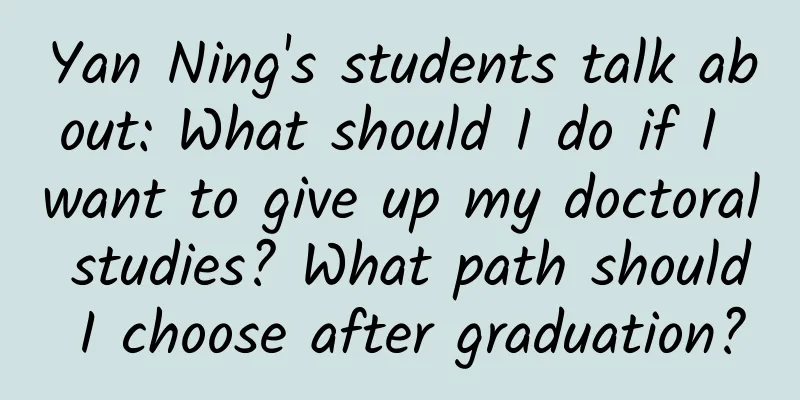

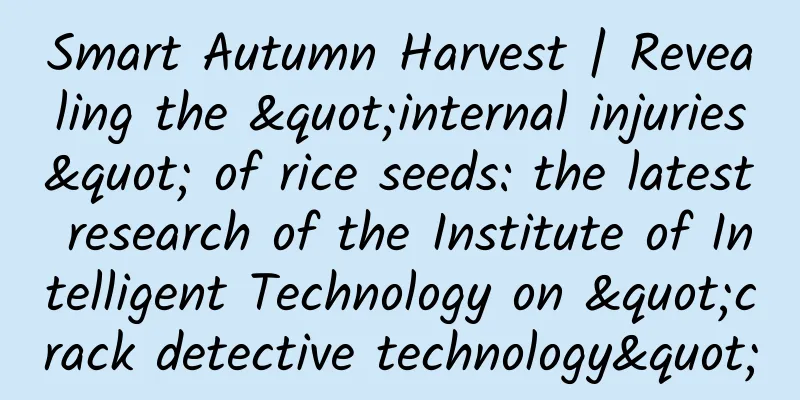



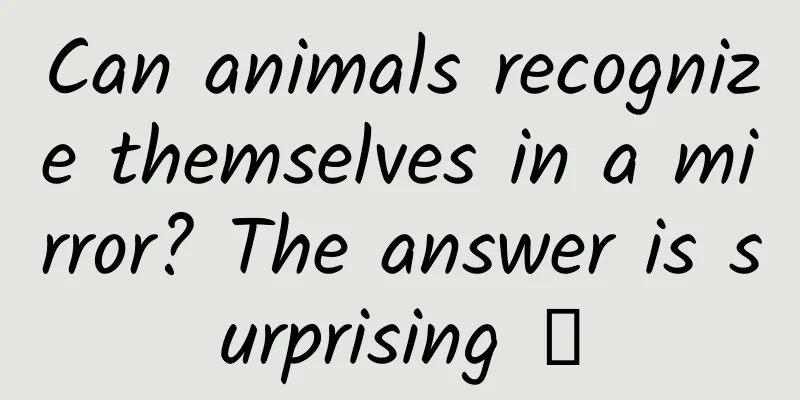
![Ipad illustration course for students will be completed in May 2021 [HD quality with brush materials]](/upload/images/67cc28ba0a60e.webp)

